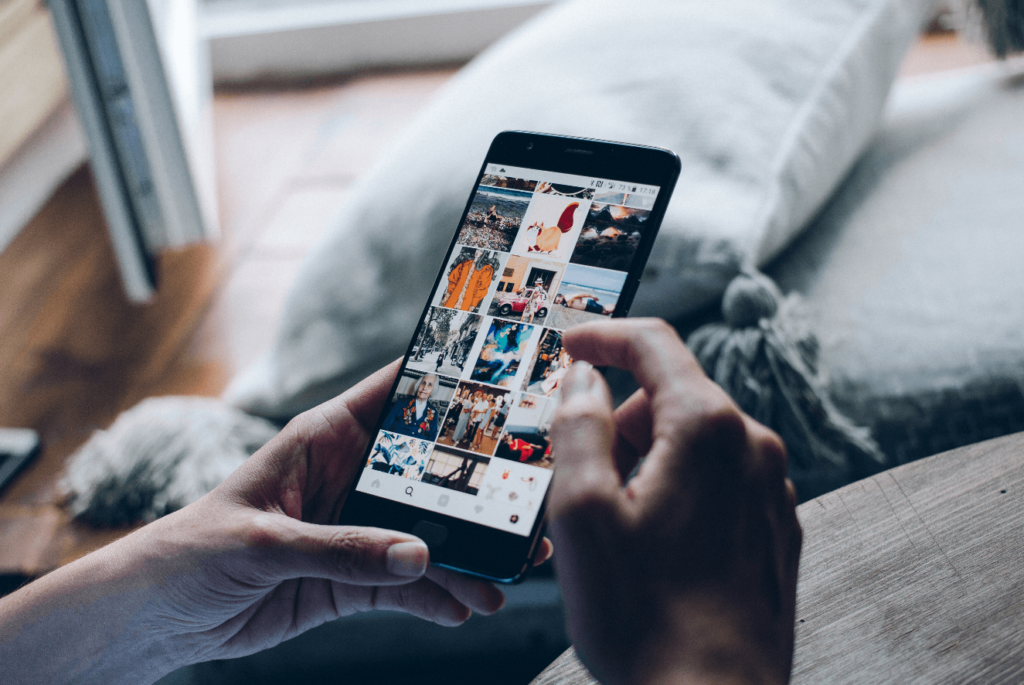The use of images on websites and social media posts continues to raise copyright concerns. The author who created the image (photographer, videographer or artist) owns the copyright to the image – including the rights to distribute, display or create copies. Distributing, displaying or copying without consent of the copyright owner is infringement.
Use of an image already available on the internet is not necessarily a defense. But sometimes it is. The circumstances where a defense exists may be changing.
The Server Test
A case from 2007 (Perfect 10, Inc. v Amazon.com, Inc, 308 F3d 1146 (9th Cir. 2007)) held links to images located by a Google search did not display or distribute the original images. The original images were stored on third party computers. The Court reasoned display means “show a copy,” so to infringe Google must have a copy. But a copy is a “material object” from which the copyrighted work can be reproduced. Google never had a “material” copy of the full sized image; instead Google used HTML programming to link to a third party server. There was no infringement involving full-sized images on third party servers (although Google thumbnail images raised different issues).
Recent cases suggest this “server test” may be limited to search engines, and may not apply to ordinary websites. One recent cases finds infringement on a website if no action by the user is required to display the copyrighted image, even if the display is accomplished by using HTML code to link to a third party server. Goldman v Breitbart News Network, LLC. 302 F. Supp. 3d 585 (SDNY 2018). See Free Speech Systems , LLC v. Menzel, 390 F. Supp. 3d 1162 (ND CA 2019)
These cases expand the potential liability for images displayed by linking and framing. To avoid infringement, these recent cases invite consideration of whether the image was released into the “public domain” or licensed when posted on social media.
License
The copyrighted image may be posted without the author’s consent or with limited consent (for example, for non-commercial use only). You would not have a license if your use exceeds the license granted for the image you linked to. But a license might arise from the terms of use of the site where the image appears. A recent case found an implied license allowed use of a publicly posted Instagram image embedded in a post on Mashable. Sinclair v Ziff Davis LLC and Mashable Inc, ___ F. Supp. 3d ___, 2020 WL 1847841 (SDNY April 13, 2020). However, a more recent case from the same court refused to dismiss a similar infringement claim for a publicly posted Instagram image because there was no evidence of an express or implied sublicense from Instagram to Newsweek. McGucken v. Newsweek LLC, ___ F. Supp. 3d ___, (SDNY June 1, 2020)
Another recent case found that a licensee granted the unrestricted right to sublicense can enter into an implied sublicense by conduct without any written sublicense. Photographic Illustrations Corp. v. Orgill, Inc., ___ F.3d ___ (1st Cir. 2020). So a sublicense can be implied even if the copyright owner did not know about its use or user.
This license analysis avoids the server test entirely. But it requires that you evaluate the source of images used on the Internet to determine if the use is authorized by a license. Instagram has reportedly taken the position that while it has the right to sublicense use of embedded images, it doesn’t.
Bottom Line
If you did not create or expressly license the image you want to use, proceed with caution and get legal advice before posting the image.










